In 1927, the antique collector Holbé passed away, leaving behind many valuable artifacts. The Indochina Research Society acquired these artifacts and requested permission from the authorities to build a museum to store and preserve them.
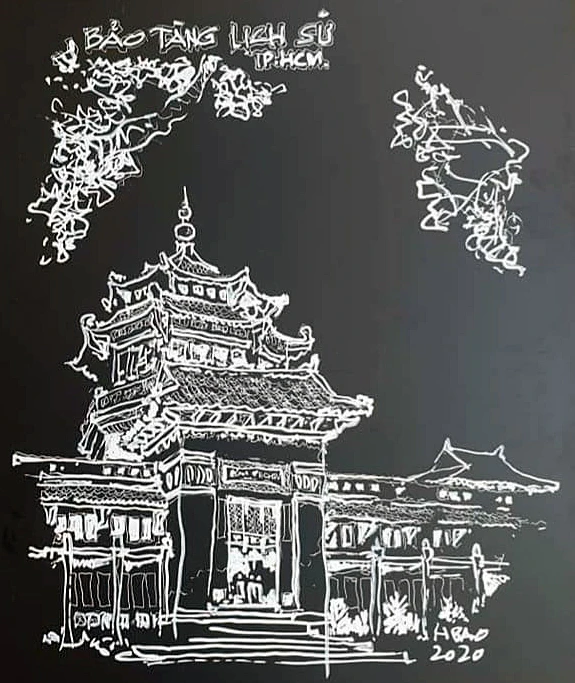
Sketch by architect Bui Hoang Bao
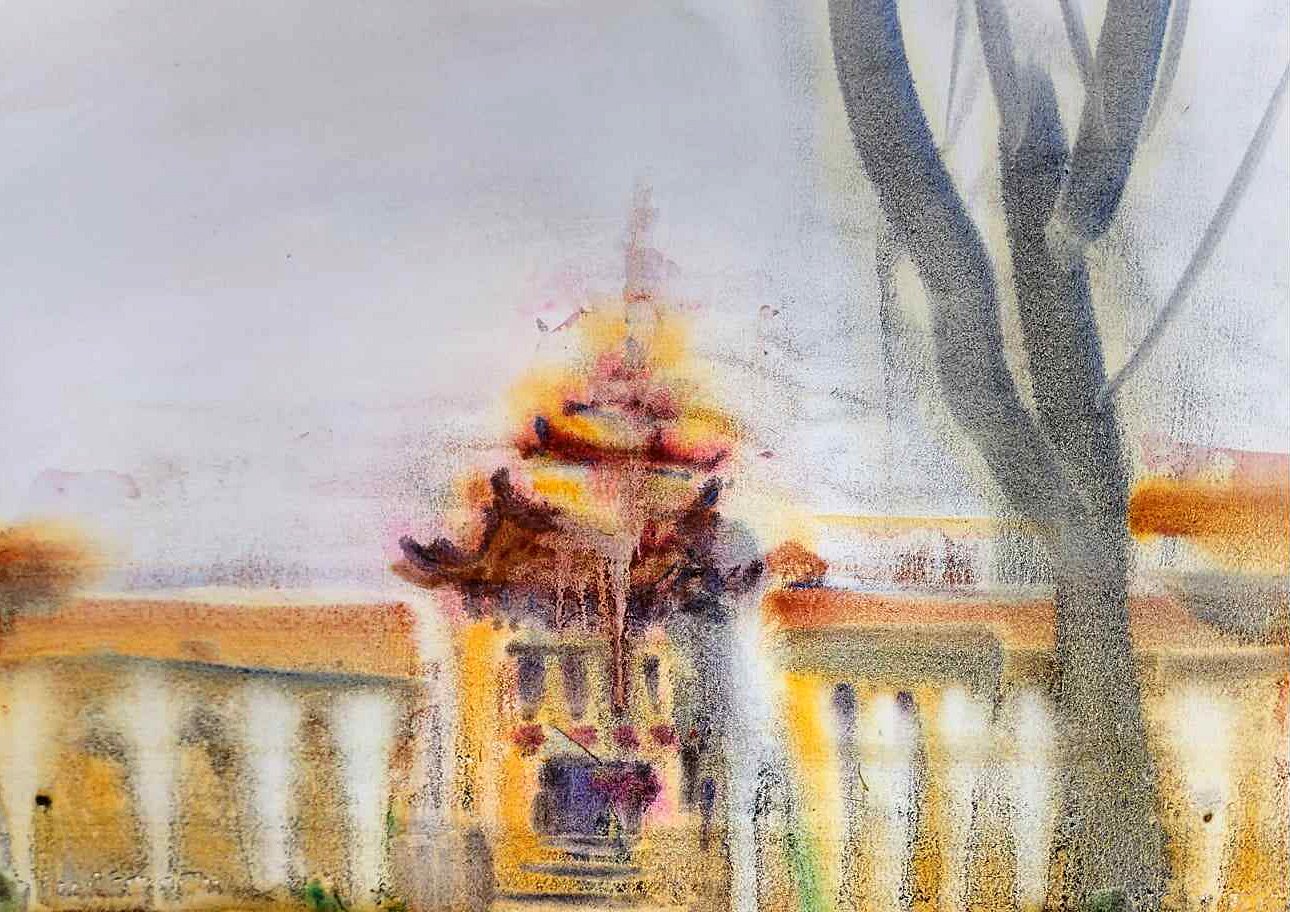
Sketch by architect Phung The Huy
In 1929, the Blanchard de la Brosse Museum (named after the then governor of Cochinchina) was inaugurated. Designed by architect Auguste Delaval (70 meters long, 30 meters wide), the building is symmetrical with a central octagonal tower as its focal point. The decorative patterns and motifs blend Vietnamese and French styles. According to researcher Nguyen Duc Hiep, this is one of two buildings in Saigon that exemplify the distinctive blend of Eastern and Western architecture, Indochinese architecture.
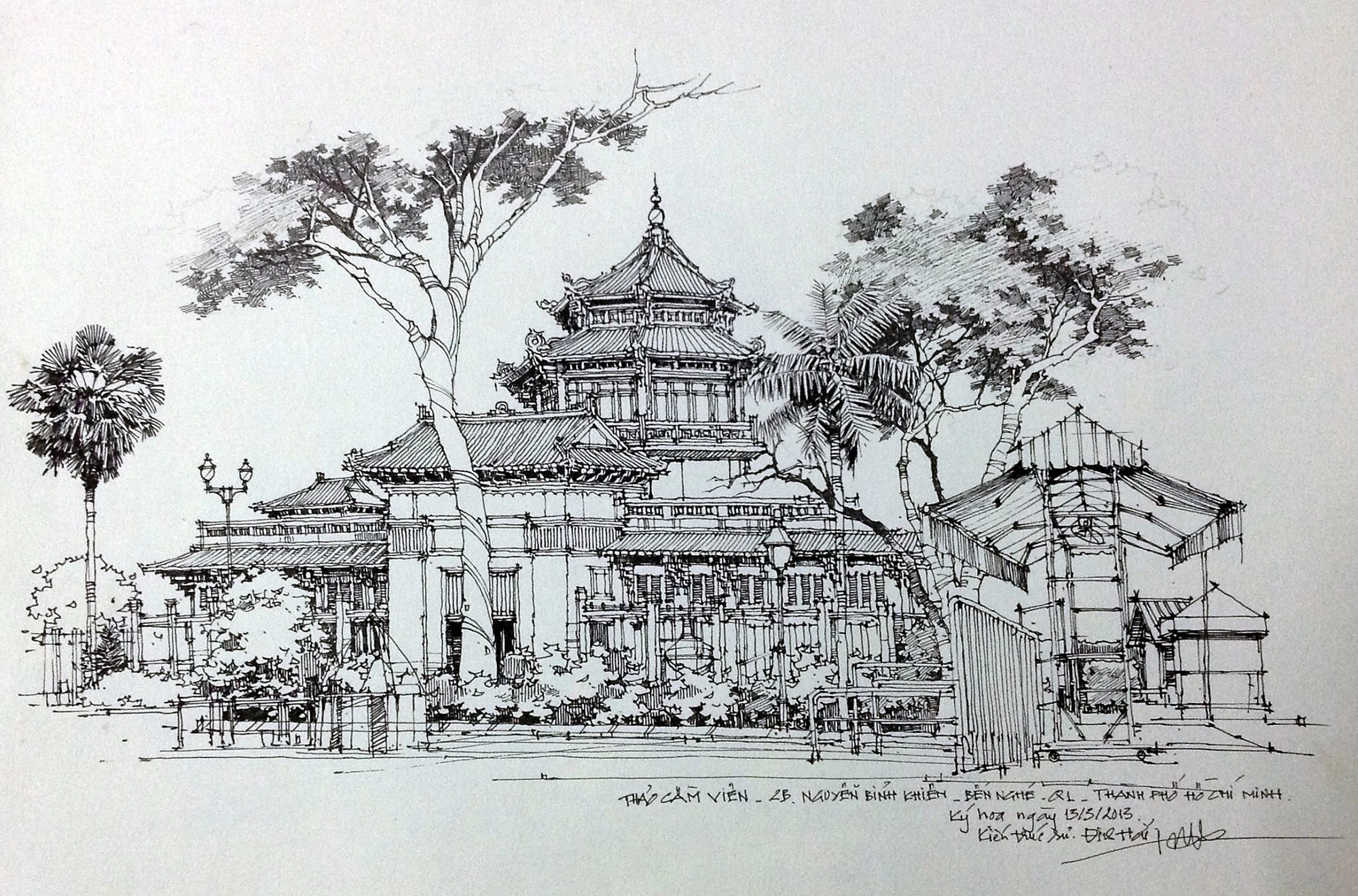
Sketch by architect Dinh Trong Hai
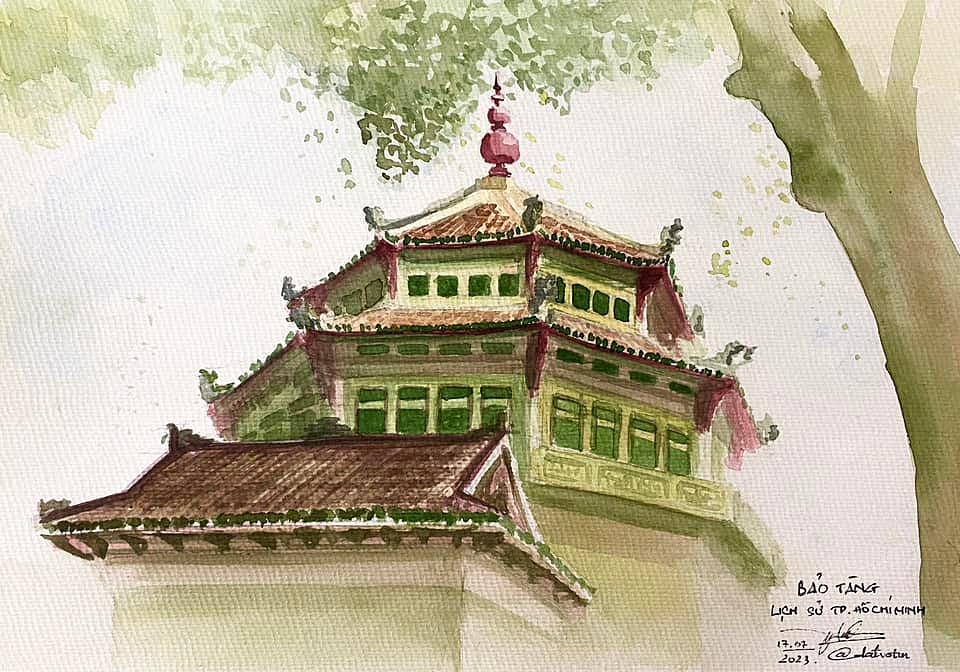
Sketch by Architecture student Vo Tin Dat
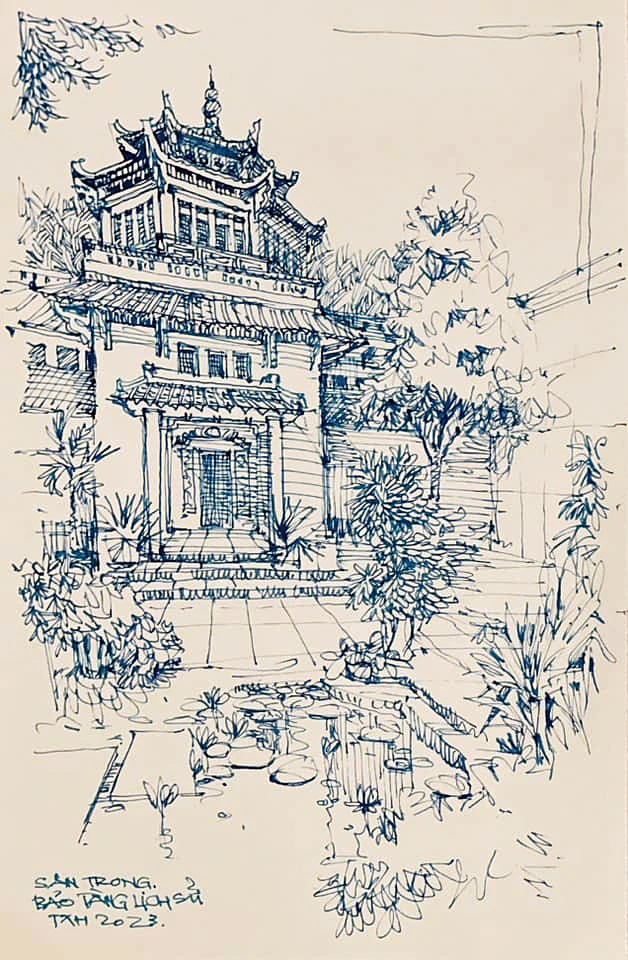
Museum courtyard - sketch by architect Tran Xuan Hong
The museum was renamed the Vietnam National Museum (in 1956) and then the Ho Chi Minh City History Museum (in 1979).
In 1970, the museum was expanded with the addition of a building at the back (1,000 m² in area, U-shaped, with a pond in the middle) designed by architect Nguyen Ba Lang.
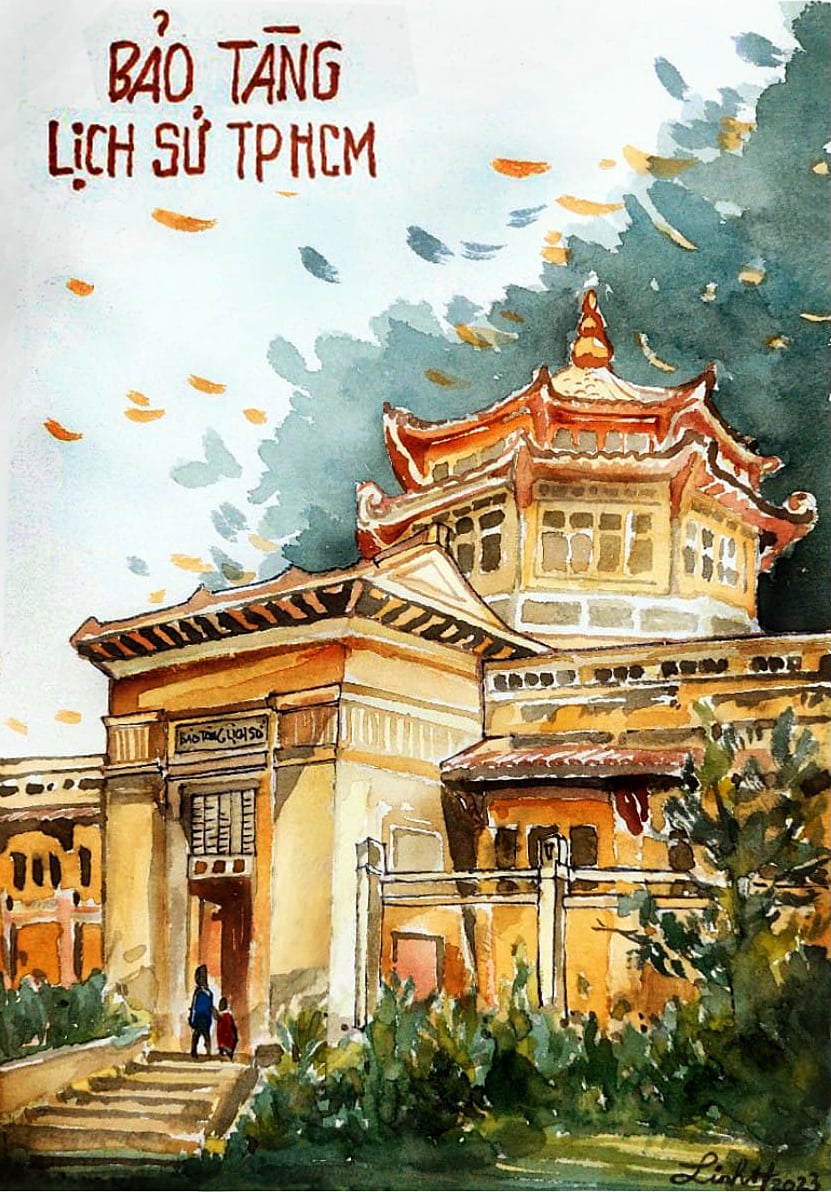
Sketches by architect Linh Hoang
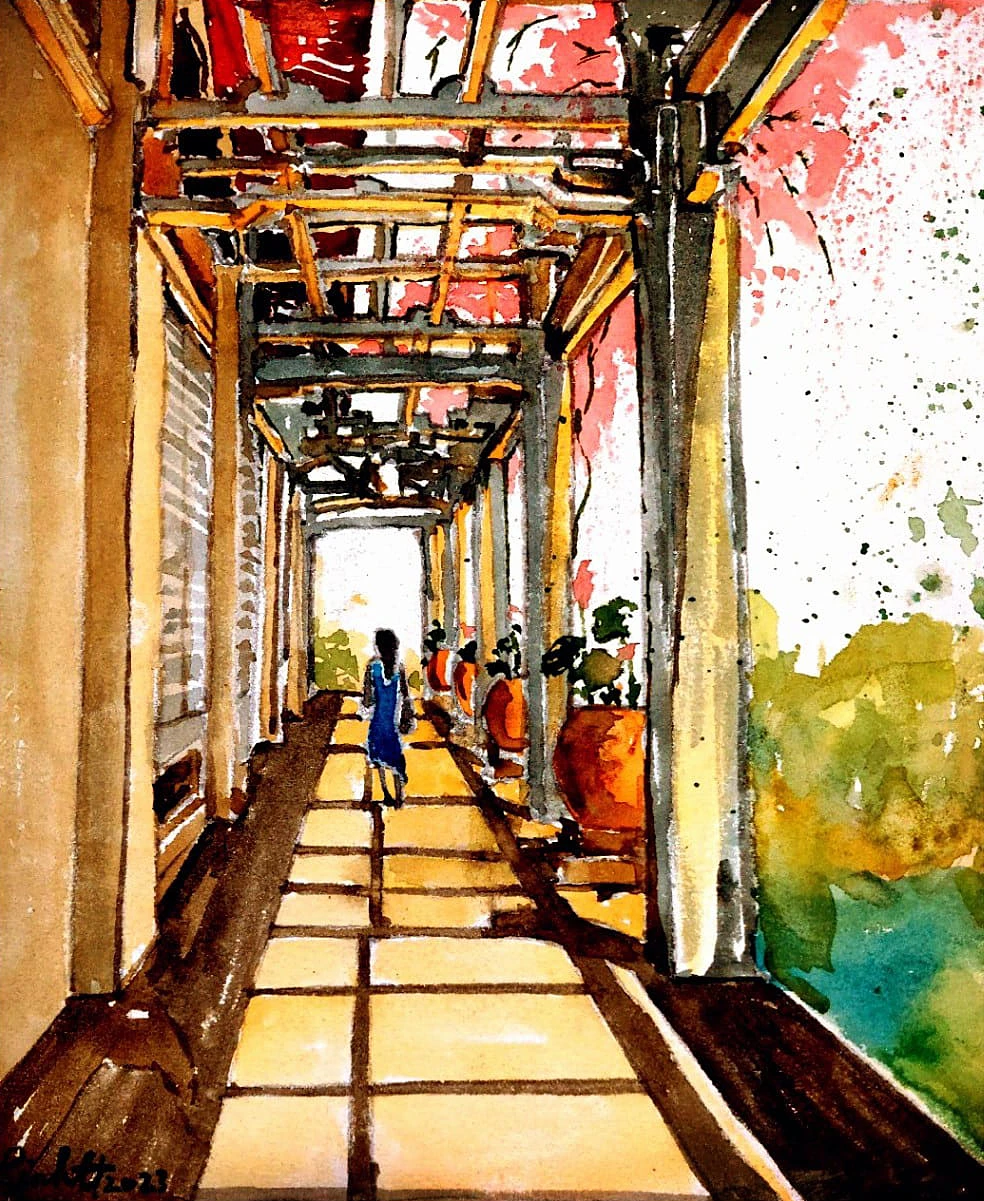
The museum's interior hallway - a sketch by architect Linh Hoang.
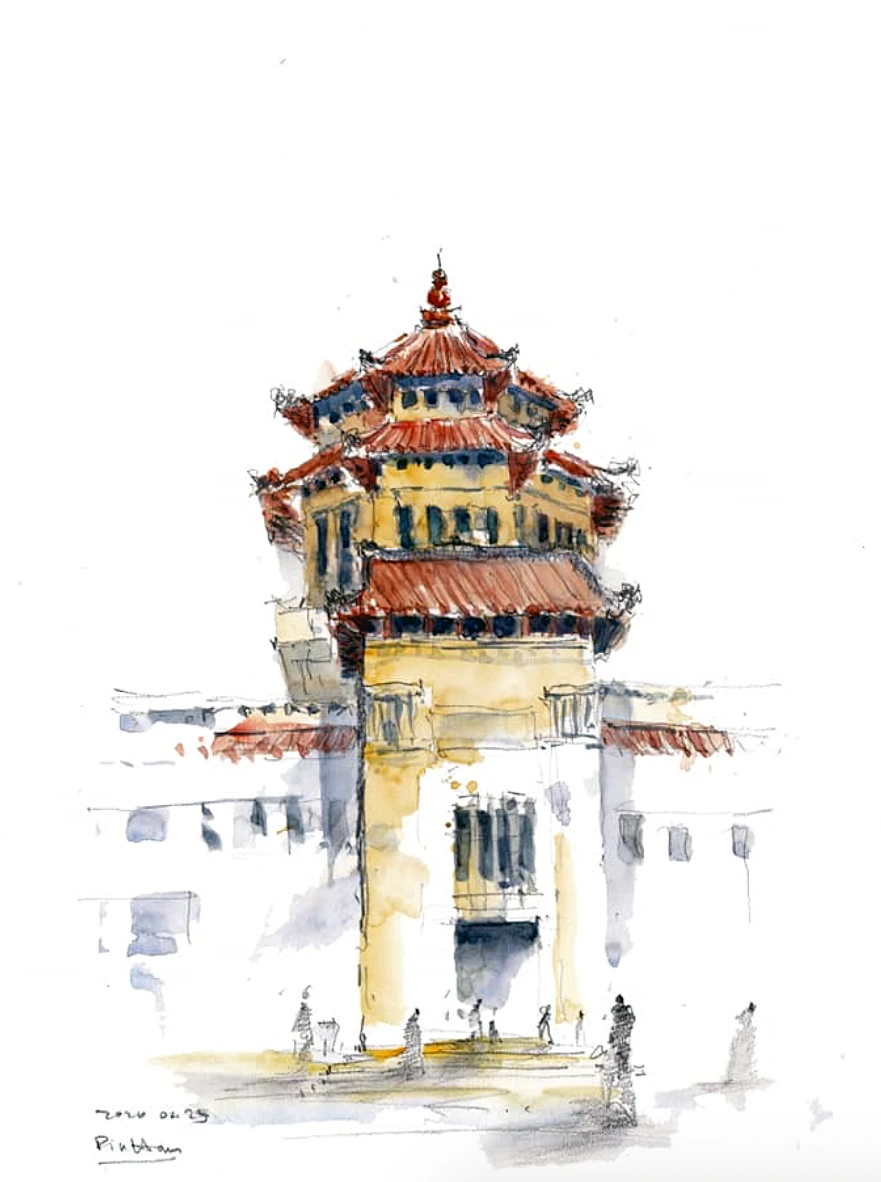
Sketch by architect Pham Minh Duc
The museum has an exhibition area showcasing Vietnamese history from prehistoric times to the Nguyen Dynasty, an exhibition area on the culture of ethnic groups in the South and some Asian countries. The outdoor area displays cannons.
The museum currently houses approximately 40,000 valuable artifacts and was classified as a National Architectural and Artistic Heritage site in 2012. Due to the building's deterioration and leaks, Ho Chi Minh City spent 45 billion VND earlier this year on restoration and renovation.
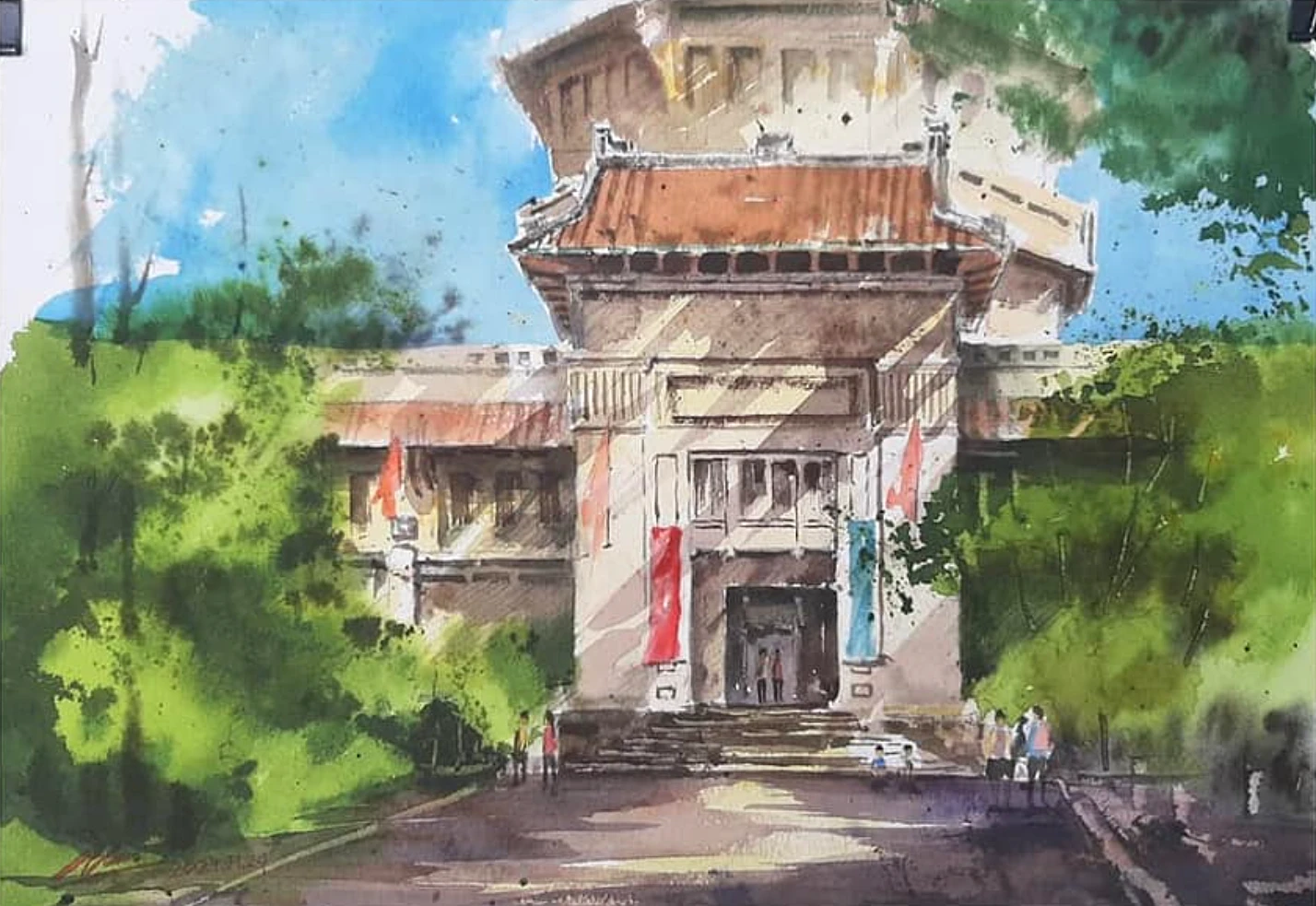
Sketches by Bom Sketcher
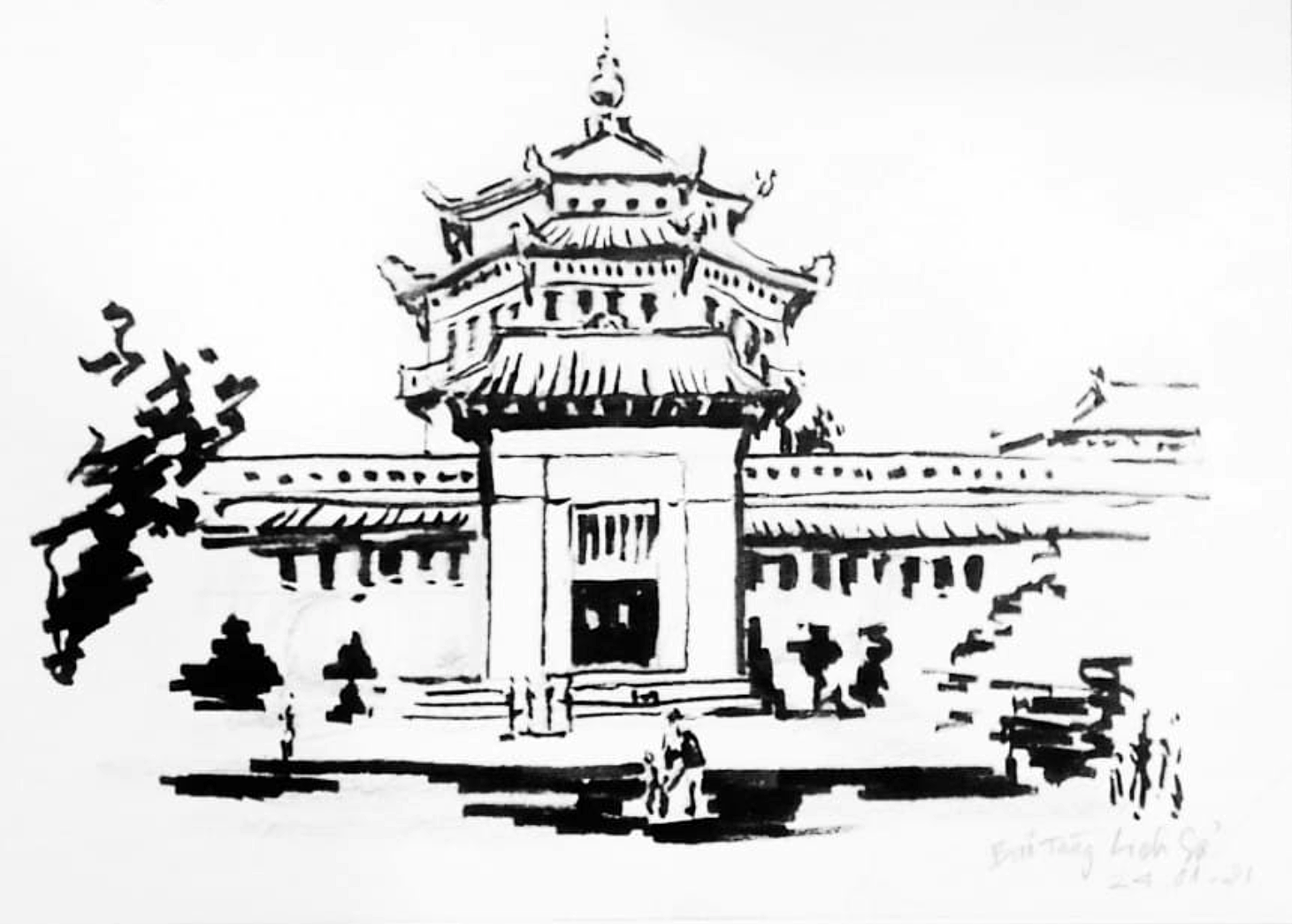
Sketch by Architecture student Hoang Huong Quynh
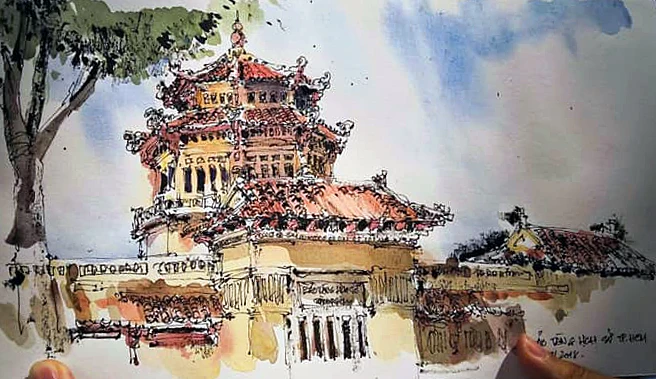
Sketch by architect Phan Đình Trung
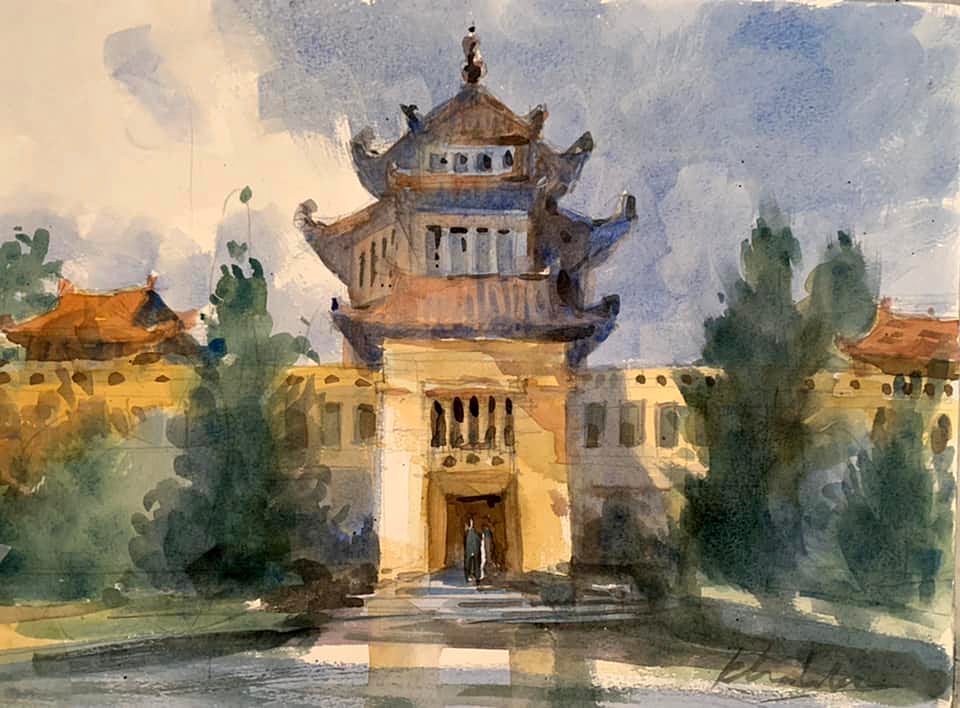
Sketches by architect Nguyen Khanh Vu
Source link


































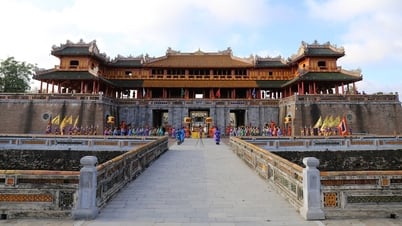





























































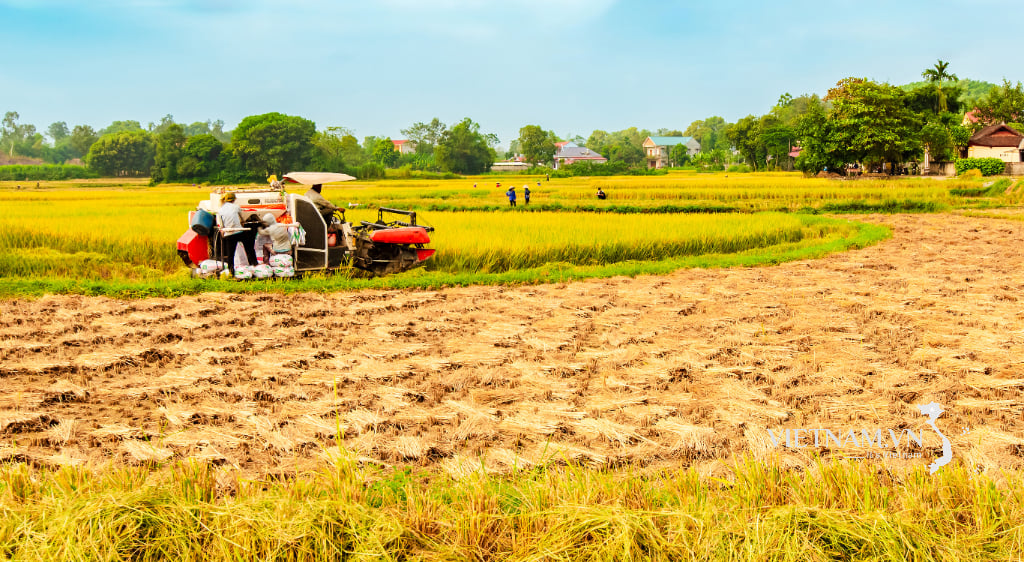



Comment (0)